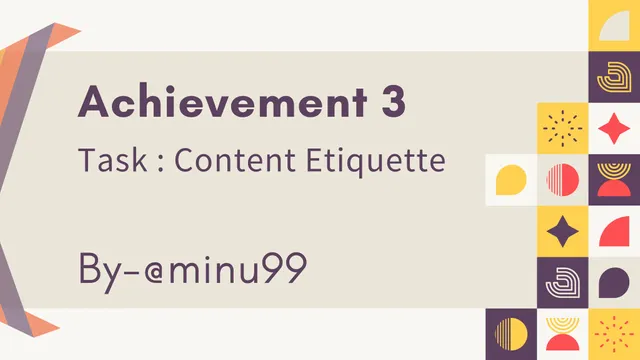What Is Plagiarism?
The word plagiarism is an act of Fraud. It came from a Latin word for Kidnapper which is considered a form of theft. An author who submits plagiarized work, committing theft and want to get benefit from that theft. That means if anyone collect someone's data, articles, ideas and do not acknowledge that he/she done so.
Types Of Plagiarism
Plagiarism is not specific and has many terms. Now I'll explain some popular and well known types of plagiarism.
Direct Plagiarism:
Direct Plagiarism is also known as Verbatim plagiarism. When an author copies the text from another author word for word without giving credit and pretend like his/her own. It is a serious crime of academic rules and ethics.
Mosaic Plagiarism:
If a person collect someone's writing and modify them by using synonyms to change the structure of the sentence. May be it is more difficult to detect Mosaic plagiarism directly. It is also known as Patchwork Plagiarism. Its intentional and dishonest.
Accidental Plagiarism:
Plagiarism can be accidental, when someone occurred it unintentionally or by mistake. Mostly students do this lot because of the lack experience about plagiarism. Whether intended or unintended plagiarism still a crime
Self Plagiarism:
It is also known as Auto Plagiarism. Auto plagiarism happens when an author took data from his/her previous post without attribution. This type of plagiarism mostly happen in public researchers rather than students.
Complete Plagiarism:
Complete plagiarism is the most known and common types of plagiarism. When an author collect data from another author and published it directly using his/her name.
How To Avoid Plagiarism?
Avoiding plagiarism is very easy. You should be honest to avoid plagiarism. Here's some hints that can help you;
- Cite Your Source: While presenting someone's article add a citation in your writing which is included by the source name and its published date.
- Include Quotations: If you want to avoid plagiarism simply, use a quotation mark around the collected word to denote that's not yours.
- Paraphrase: Paraphrasing means re-writing someone's idea in your own words. But be careful it could also be plagiarism if you do it incorrect.
- Present Your Own Idea: Instead of collecting idea, ask yourself what perspective or point you can contribute for the topic. It will show what you can do.
- Use A Plagiarism Checker: After writing, if you want to make sure that your words are not plagiarized, you can use a plagiarism checker.
Plagiarism is a serious social crime. Its totally unprofessional and cancerous. I wish you all will try to avoid plagiarism.

Hi @minu99, I would have expected to see you represent how to prevent plagiarism with an example from the different points listed by you. Nevertheless, your achievement task has been verified. You may proceed to the next task.
Join us if you haven't so we can all grow the Steem Ecosystem by participating in Club5050. Do not be perturbed if your achievement task post expires without verification or Curation as a Catchup upvote will be given in the next published post. In publishing your task, always make sure the contents are 100% original which is free of plagiarism. In doing so, images should also be personalized by using name tags on screenshots and source as the case maybe.
Downvoting a post can decrease pending rewards and make it less visible. Common reasons:
Submit
Hi, @minu99,
Your post has been supported by @xkool24 from the Steem Greeter Team.
Downvoting a post can decrease pending rewards and make it less visible. Common reasons:
Submit